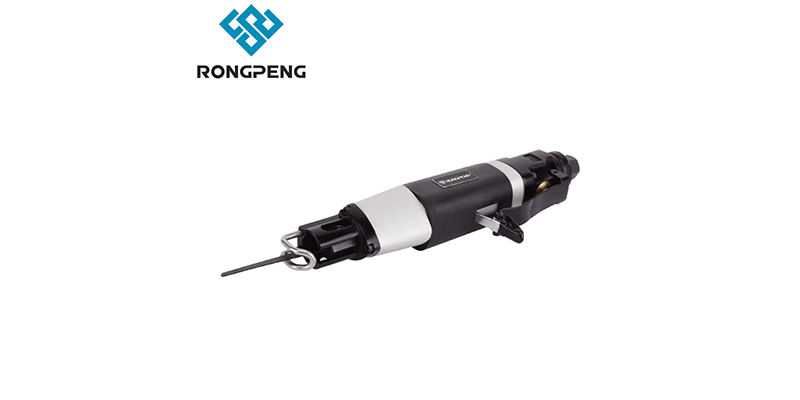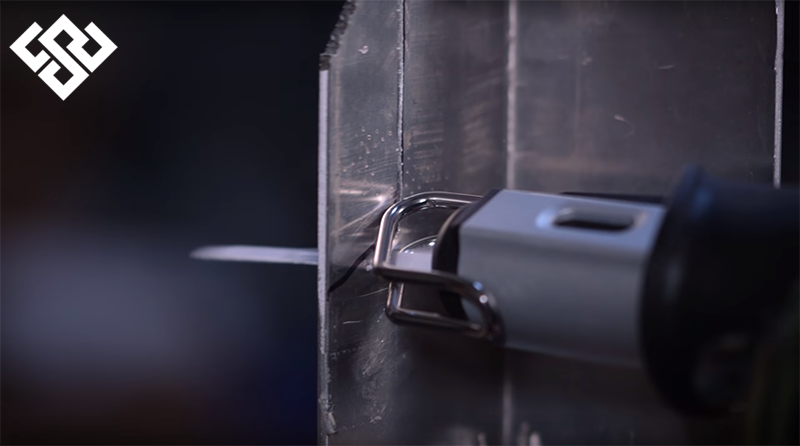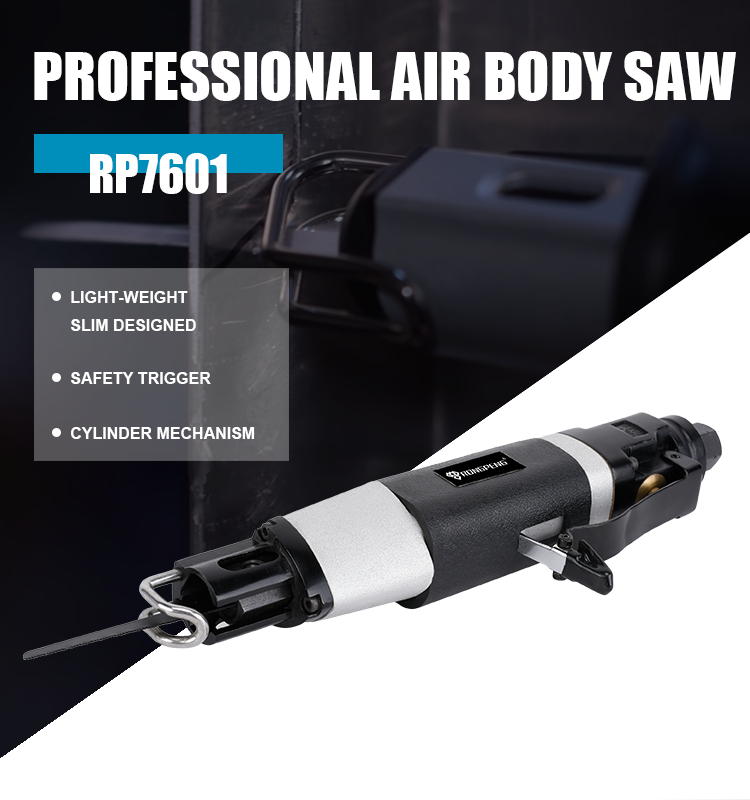

Pneumatic hacksaws are a must-have for many construction projects and on-site jobs where mobility is key. Whether you're a contractor, mechanic, or maintenance worker, this information will help you use pneumatic hacksaws efficiently and safely on any jobsite.
What is Pneumatic Hacksaw?
Pneumatic hacksaw, also known as air body saw, is a handy air tool for making cuts on construction sites, in auto repair shops, or for metal fabrication projects.
Unlike an abrasive saw or chop saw which uses circular blades, pneumatic hacksaws utilize a reciprocating blade in a hacksaw frame powered by compressed air. This allows them to cut in tight spaces that other saws can't access.
When equipped with the right blade, pneumatic hacksaws can cut through stainless steel, rebar, pipes, bolts, and more.
Choosing the Right Blades
The type of reciprocating blade you choose plays a key role in cutting performance.
Materials. Carbide grit blades cut metal, while bimetal blades work on metal and wood. High-speed steel blades are good general purpose.
Teeth per inch (TPI). Lower TPI like 14-18 is good for wood and plastic. Higher TPI 24-32 better suits detailed metal cuts.
Set of the teeth. Wavy set teeth prevent binding on the cut. Straight set teeth leave a narrower kerf.
Coating. Titanium nitride coating prevents corrosion and reduces friction.
For stainless steel and rebar, use 10-14 TPI bi-metal blades. On structural steel, 10-18 TPI carbide blades work well. For straight cuts in wood, opt for 14 TPI bimetal. Size the blade for at least 1 inch longer than the material thickness.
Connecting and Adjusting the Saw
Attach the air hose to the saw's inlet, securing it with a retention clip. Verify the blade is correctly installed for the desired cut direction. Adjust blade guides close to but not touching the blade. Set the blade tension just until the center of the blade lifts off the guides while pulled up, overtightening the blade risks breakage.

Making Straight Cuts
To make straight cuts, mark your cut line and clamp the workpiece securely. Position the saw so the blade lines up with your cut mark near the waste side of the line. Hold the saw handle firmly with both hands, engage the throttle and let the blade reach full speed before contacting the material. Apply light forward pressure when cutting, letting the blade do the work. Keep the saw moving at an even pace along your cut line. When the cut is complete, release the throttle and allow the blade to stop before setting the saw down.
Cutting Curves, Holes and Contours
For curved, circular or contoured cuts, a steady hand guiding the hacksaw is required. Move the saw slowly along the desired path, turning the whole tool instead of just your wrist. For cutting interior holes, small diameter blades 3" or 4" work best. Mark the hole's inner and outer diameter on the workpiece. Plunge the blade down at an angle near the waste side of the inner circle. Then orbit the saw carefully around the inner mark until the hole is cut out.
Sawing Pipe, Tubing and Rod Stock
Cutting pipe, tubing or rod stock requires special techniques. For pipe, use a saw with an adjustable frame allowing you to set the blade at the proper angle for the pipe diameter. Make sure the pipe is properly secured in a vise or stand. Rotate the pipe into the blade, applying firm pressure. Use light oil to lubricate the blade continuously when cutting pipe. For solid rods or tubing, use short stroke movements rather than long continuous cuts. Apply cutting oil and periodically back the blade out to clear chips, letting chips build up reduces cutting efficiency.
 Equipped with the RONGPENG RP7601 pneumatic hacksaw, you can fulfill various on-site maintenance, construction, remodeling and industrial cutting needs.
Equipped with the RONGPENG RP7601 pneumatic hacksaw, you can fulfill various on-site maintenance, construction, remodeling and industrial cutting needs.
This tool is designed to cut up to 1/16"steel or /2"Plywood. Adjustable blade guide increases blade life. Tool comes with a safety trigger to prevent accidental starts. Spring blade guard also acts as a tools slide. And at only 1.58 lbs, this saw reduces hand fatigue.
It is highly useful for straight cuts and curved cutouts in sheet metal, pipe, plastic guarding and panels.
Model No.:RP7601
Strokes Per Minute:5000SPM
Stroke Length:8-10mm
Air Inlet:1/4"
Air Hose:3/8"
Avg.Air Consumption:4cfm,114 L/Min
Max.Material Thickness:1.5mm
Net Weight:0.72kg
RONGPENG has quickly risen to become an unrivaled global producer of air-powered devices including air tools, air spray gun, air nailer, airless paint sprayer, and etc.
RONGPENG seeks independent sales agent to represent and market our industry-leading pneumatic tools. We support OEM, ODM, OBM customization, small order quantity is acceptable and samples are available.
Make any cooperation possible. Any services related to the product, inquire with us now! Rongpeng@Rongpeng.Com